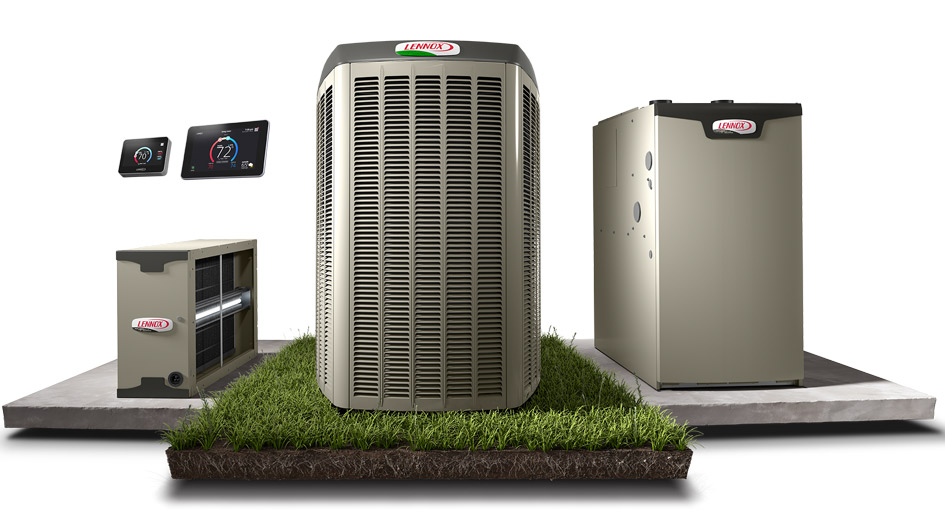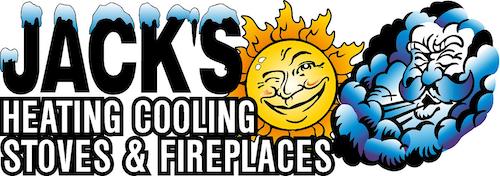
A well-designed HVAC system is essential for a comfortable and energy-efficient home, but it’s also a significant investment. Every homeowner deserves the most effective comfort solutions available, which is why HVAC rebates are so worthwhile. They can help ensure high-efficiency furnaces, air conditioners and other equipment is more affordable.
HVAC efficiency standards are going up next year, so now’s a great time to check out your options. A variety of companies, organizations and even government entities are offering rebates in 2023 to help everyone acquire a new, high-efficiency HVAC system.
Rebates for High-Efficiency Furnaces
Many manufacturers of high-efficiency furnaces provide rebates toward buying a new system. These furnaces feature energy-efficient components such as variable-speed blower motors, which enable the thermostat to fine-tune how much heating is released. It’s an easy way to reduce energy use overall. Local utilities also offer furnace rebates because less energy use results in less strain on the local energy grid.
The government’s ENERGY STAR® program is also recommended for obtaining a furnace rebate. You can enter your ZIP Code to learn which rebates you may be approved for. Equipment with the ENERGY STAR® rating means it fulfills your region’s standards for energy-efficient performance.
Earning a Rebate for a High Efficiency Air Conditioner
A lot of of the same rebates for high-efficiency furnaces are also suitable for air conditioners. You can save hundreds on new installation for a system from a leading brand such as Lennox. Just check with your local utility companies to find out which makes and models are eligible. In addition, you can easily combine federal and local rebates for even greater savings. Don’t hesitate to see what all you can find, because it can quickly add up to 10% of a new, high-efficiency AC system
Available Rebates for Smart Home Accessories Like Smart Thermostats
A smart thermostat is an incredibly valuable improvement to your home comfort system. With intelligent programming, you can optimize the daily schedule. Utility companies appreciate this level of efficiency, and so most offer rebate programs for new smart thermostats. Over time, these rebates effectively allow you to get a free smart thermostat!
Your utility companies also provide programs where they exchange discounted rates for the capacity to access your thermostat during peak energy use. This helps avoid strain on the grid, namely when heat waves or cold fronts arrive. When registered in this program, your thermostat may automatically be changed by a few degrees.
Other Cost-Saving Options: High Efficiency Products and Home Improvement Credits
Slightly different compared to rebates, tax credits are also available for the purchase and installation of energy-efficient HVAC systems. For example, the Inflation Reduction Act reactivated a program in 2021 that offered credits for up to 10% of the project’s cost. The revised credits are now worth 30% of the cost and may be claimed each year instead of only once. These credits are available for a much greater variety of projects, including home energy audits, electrical, insulation, ventilation, and even your doors and windows! The programs are fashioned to provide the most benefits for lower-income households, maximizing the improvements to HVAC efficiency nationwide.
New Legislation for Heat Pump Rebates
The recently passed Inflation Reduction Act incorporated separate legislation known as the High-Efficiency Electric Homes and Rebates Act, or HEEHRA. This incentive is especially targeted toward heat pump technology, which transfers heat instead of generating it by burning fuel. To encourage more people to change to this energy-efficient comfort system, these rebates are substantially higher compared to incentives for AC units and furnaces.
If your household’s income is below 80% of the local median, you are able to use the rebates to cover 100% of the costs of a new heat pump. Households that meet 80-150% of the median income can take care of 50% of equipment and installation costs.
